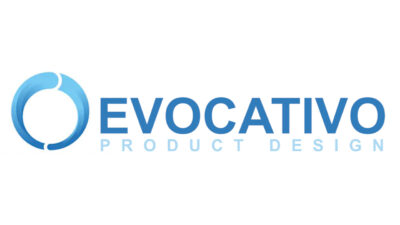MAKING YOUR PROTOTYPE: AMERICA OR OVERSEAS?
Prototype building and testing is one of the most important aspects of product development. In my opinion prototypes are THE essential element in stimulating America’s manufacturing sector. That’s the point of this discussion. As an engineering design firm we steer our clients towards a functioning prototype as soon as the design is sufficient to support it.
While I’ve been taking this blog step by step through the product development process, I want to go a little out of order by jumping ahead and discussing prototype builds. This subject is near and dear to my heart. We want to provide our clients the most value for their money, and to move into the prototype stage early in the process is a great way of doing this.
Prototypes are part of your strategy.
Most product development efforts require many technical decisions along the way. Some of these decisions may be subjective and so they will be based on our engineering experience. Even for us experts in the field, sometimes we aren’t certain whether one element of a design or another is better from a functional standpoint. This is where an early stage prototype can be beneficial.
Keep in mind I’m talking about functional prototypes for sake of this week’s discussion. Sometimes we make non-functional prototypes to work out ergonomics (human interaction factors) or as a static display model for tabletop show and tell presentations. These non-functional types are a good use of 3D printing, but we will save that for another discussion.
Functional prototypes are used to work out actual features that will need to function for the product to perform its duties. Proving or disproving a design feature early on is a stepping stone for engineering to ultimately reach the best optimized design. Disproving a design feature is just as important as proving one. As mentioned before, engineers aren’t always certain of what’s best until they can see, feel, touch and test the concepts. The sooner we engineers can establish what’s best, the less it will ultimately cost our client to reach their goal.
Now for the important part. Getting a prototype made is a challenge for us all. We have come to rely on outsourcing this work to our overseas makers. What about building in America you ask? Of course we would prefer to have all of our designs prototyped at domestic manufacturing sources.
Most domestic manufacturers don’t want your prototype business. There. I said it.
Yes it’s true. We always offer domestic companies the opportunity to make our pre-production prototypes. Each and every time we receive back a quote that is so outrageously high it would blow the budget of our client, negating the benefits of these early prototypes by killing the program. It’s as if the domestic companies don’t want to bother with these small projects by creating a “if you REALLY want us to do it” price.
Our clients and our company both tend to stick with the companies that want our business. From initial concepts of the product to full production manufacturing, once that initial trust is established we tend to stick with those that treat us right from the start.
So here it is. Domestic manufacturers don’t want to be bothered with the small prototype builds. They are only interested in large, long term production contracts. What they don’t see is the future of their very industry depends on their willingness to take the time out of their daily routine to support start-up projects.
To do our part to combat this situation, our educational partner Metropolitan State University in downtown Denver, Colorado has offered us their services to help build prototypes while giving their students hands-on manufacturing experience. The good people at MSU are doing their part to change the conundrum that is domestic manufacturing hoping to bring the start-up projects back to America for our long term security.


